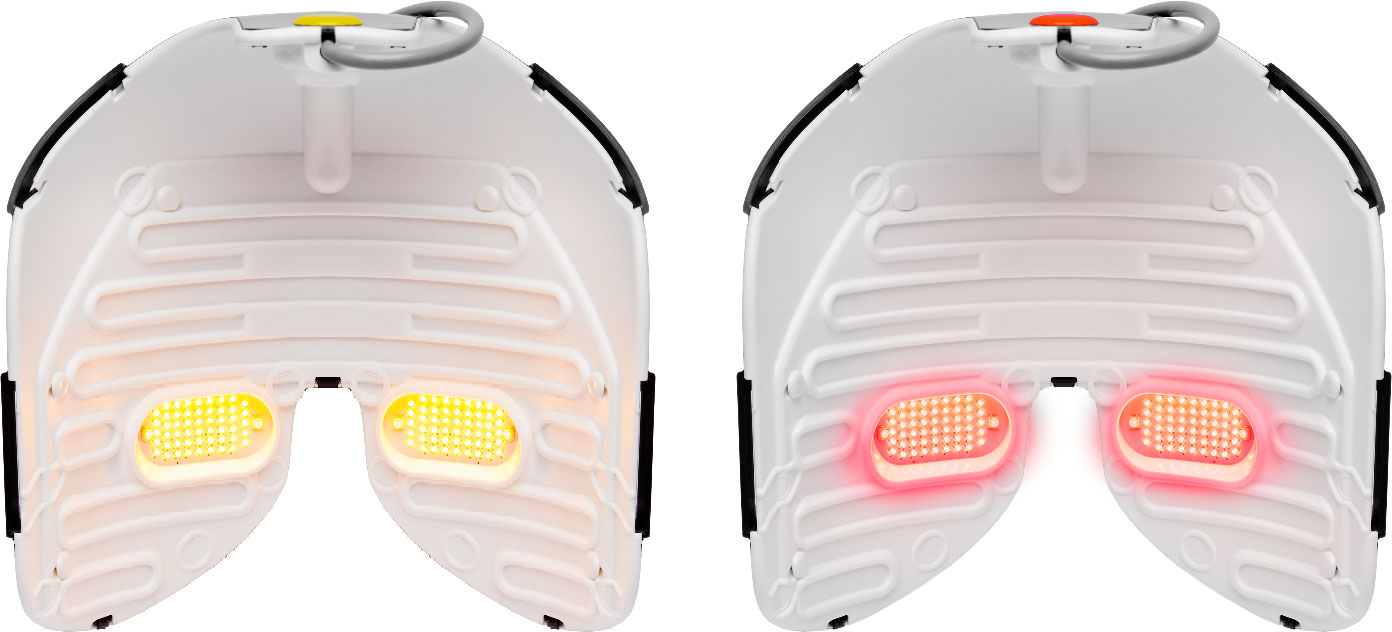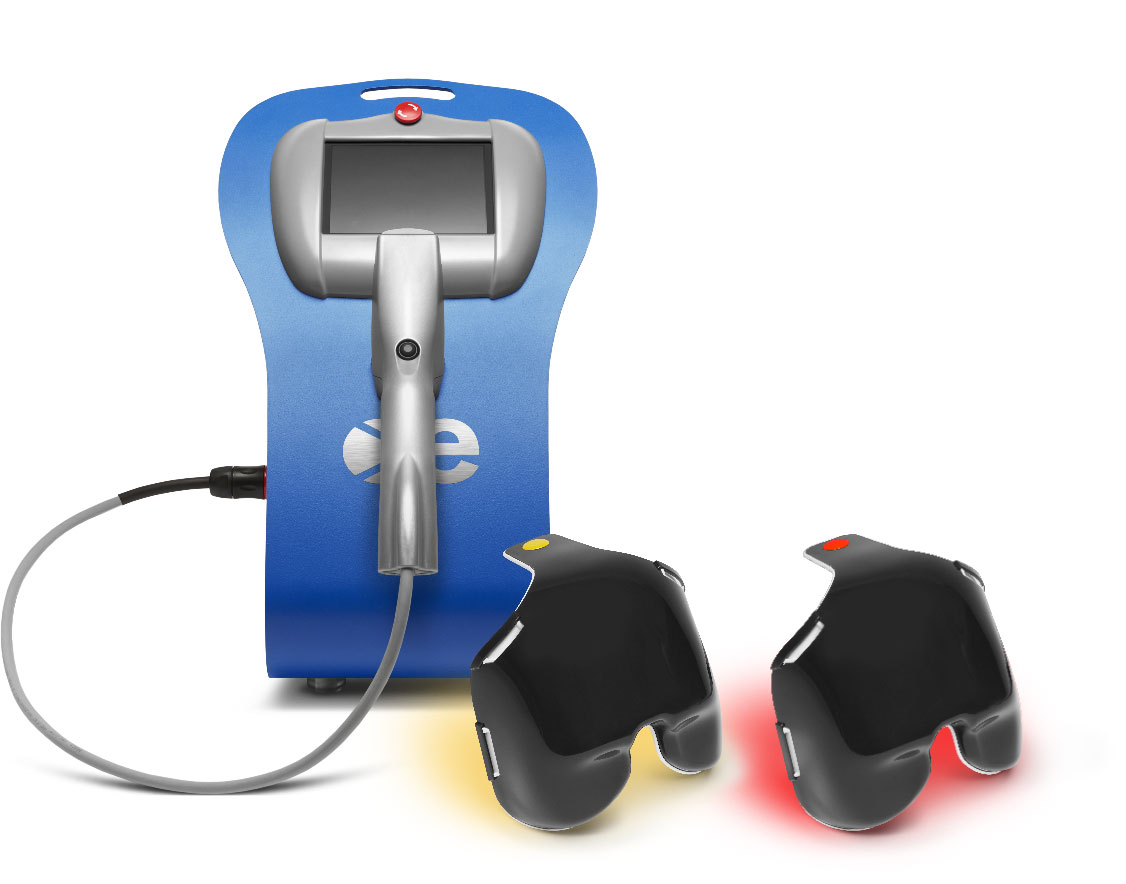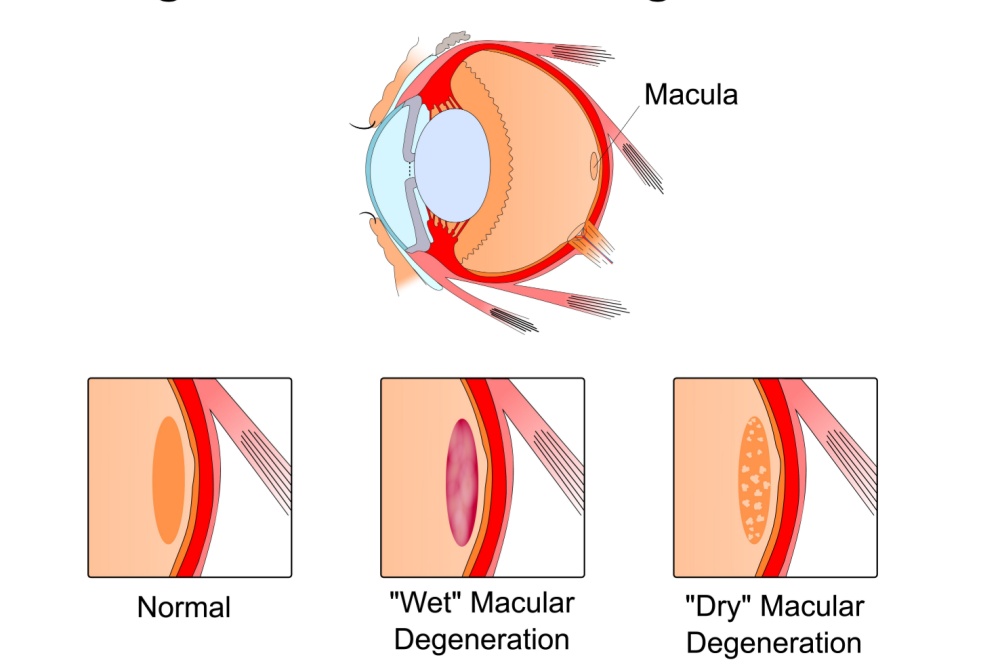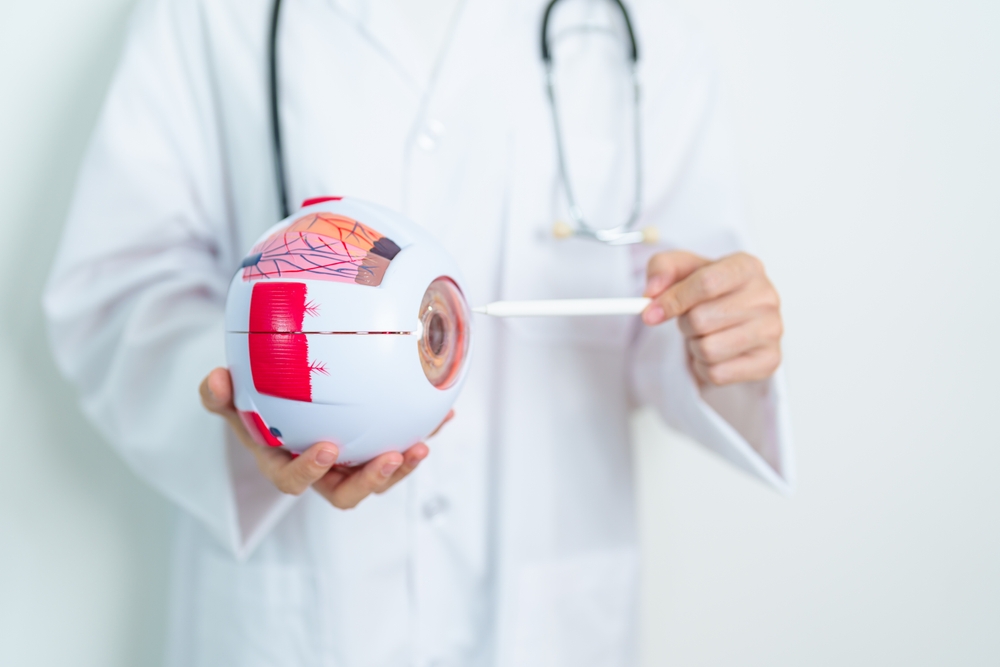Macular Degeneration

Understanding the Posterior Segment and Vision Health
Importance of the Posterior Segment of the Eye
The posterior segment of your eye includes crucial elements like the retina, optic nerve, and choroid. Any disruption in this area can lead to serious complications, including vision loss. The health of the posterior segment is directly linked to overall eye health and performance.
The Macula
The macula is the central part of the retina and it is essential for clear vision. Maintaining macular health is essential for preventing conditions that can reduce vision or cause blindness.

Dry AMD: A Leading Cause of Vision Loss
What is Age-related Macular Degeneration (AMD)?
Age-related macular degeneration (AMD) is a progressive eye condition that affects the macula, the part of the retina responsible for central vision. People with AMD may struggle with tasks requiring sharp vision like reading or recognizing faces.Difference Between Dry AMD and Wet AMD
Dry AMD, the more common form, develops gradually when the macula thins with age, whereas wet AMD results from abnormal blood vessels leaking fluid or blood into the retina. While wet AMD progresses more rapidly, dry AMD still poses significant risks to vision.Statistics
Globally, more than 280 million people are expected to have AMD by 2040. This staggering number highlights the need for early detection and effective treatment strategies for conditions like dry AMD.Why Early Detection of Dry AMD is Critical
Early detection allows for timely intervention, slowing the disease's progression and preserving your quality of life. Regular eye check-ups play a key role in diagnosing AMD before significant vision loss occurs.
Advanced Treatments for Dry AMD
Overview of Modern Dry AMD Disease Treatments
Advancements in medical science have introduced innovative treatments for dry AMD. These focus not just on alleviating symptoms but also on targeting the root cause—ensuring long-term improvement.
Importance of Targeting the Root Cause
Addressing underlying complications enables more effective relief and reduces the likelihood of recurrence.
Role of Cellular Regeneration in Managing Disease Progression
Cellular regeneration techniques enhance the eye's natural ability to repair itself, offering a promising solution for progressive conditions like dry AMD.

Introducing LM™ LLLT: A Breakthrough Dry AMD Treatment
What is LM™ LLLT (Low-Level Light Therapy)?
LM™ LLLT is a cutting-edge, non-invasive treatment that uses photobiomodulation (PBM) technology to stimulate cellular repair, improve tear production, and manage eye diseases like dry AMD effectively.How Photobiomodulation (PBM) Works
PBM involves using controlled light at specific wavelengths to penetrate the deeper layers of the eye. This stimulates damaged cells to rejuvenate, alleviating symptoms and slowing disease progression.Proven Benefits for Dry AMD Patients
- Slows Progression: LM™ LLLT can halt or slow down the advancement of dry AMD in its earlier stages.
- Preserves Vision: By targeting the macula and encouraging cellular repair, it helps retain visual clarity.
- Improves Quality of Life: Patients report fewer symptoms, greater comfort, and improved daily functionality.
How LM™ LLLT Treatment Works
Non-invasive, Pain-Free Therapy
This state-of-the-art device delivers therapy without surgery or discomfort. It’s pain-free, making it a suitable option for patients of all ages.Clinical Mechanism: Cellular Stimulation and Repair
LM™ LLLT enhances mitochondrial activity in your cells, boosting energy production and accelerating tissue repair. This mechanism has been proven to aid in managing dry eye disease and early-stage dry AMD.Backed by Published Studies
With robust clinical support, LM™ LLLT stands out as a scientifically validated treatment option, offering peace of mind to patients seeking reliable solutions.Who Is a Good Candidate for LM™ LLLT?
Suitable Stages of Dry AMD
This therapy is particularly effective for early to intermediate stages of dry AMD, such as AREDS 2 and AREDS 3 classifications.Ideal Patient Profiles
Anyone experiencing persistent dry eye symptoms or early signs of dry AMD may benefit. A consultation at Nvision can confirm suitability.Screening Process at Nvision
Our thorough screening process ensures that only those likely to benefit from the treatment are selected. Personalized care plans are then developed to maximize outcomes.
Why Choose Nvision for Dry AMD Treatment?
Specialist Care in New Zealand
At Nvision, our expertise ensures optimal results, with a focus on providing tailored solutions for each patient.Cutting-edge Technology and Expert Team
We leverage state-of-the-art tools like LM™ LLLT along with a highly trained team specializing in eye health.Personalized Care Plans and Patient Support
Every patient at Nvision receives a customized plan and ongoing support, ensuring their treatment experience is as comfortable and effective as possible.
Book a Consultation Today
- Schedule Your Assessment: Take the first step toward managing your dry eye disease or dry AMD.
- Get a Personalized Treatment Plan: Receive insight and care tailored to your unique needs.
- Protect and Enhance Your Vision: Trust Nvision to restore comfort and clarity to your daily life.

